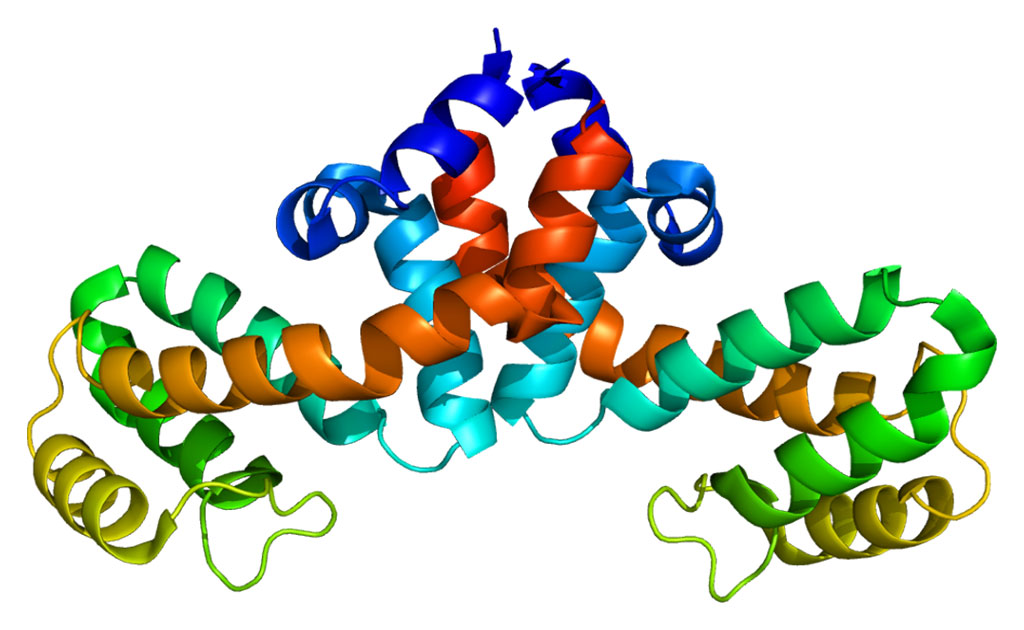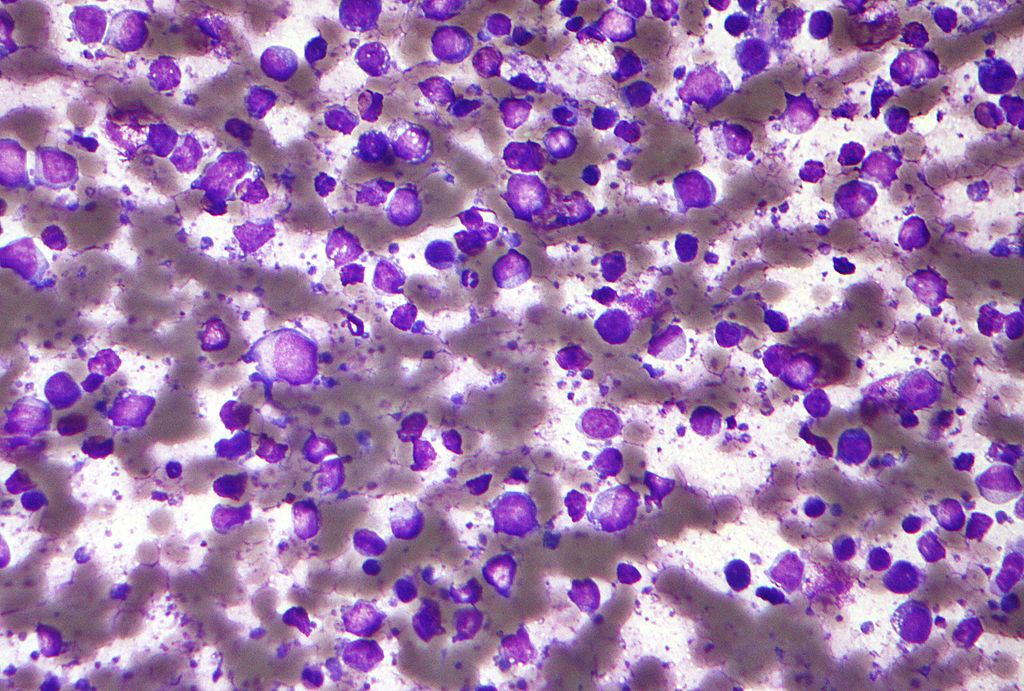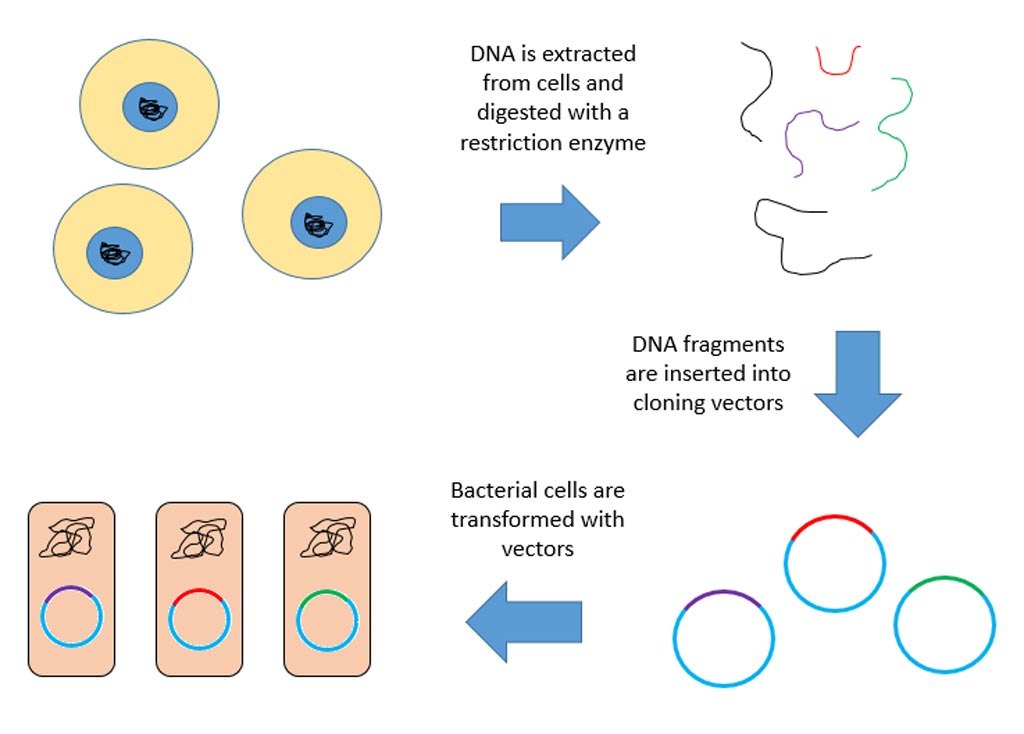T Rex Found With Soft Tissues
By Biotechdaily staff writers
Posted on 06 Apr 2005
A new Tyrannosaurus rex, the oldest on record, has been discovered in eastern Montana (USA) with soft tissues preserved in both hind thigh bones that raise hopes of new molecular and cellular findings.Posted on 06 Apr 2005
The dinosaur, known as B rex, is estimated to be 68 million years old. Researchers led by Dr. Mary Higby Schweitzer, assistant professor in the department of marine, earth, and atmospheric sciences at North Carolina State University (Raleigh, USA), also found transparent, flexible, and hollow blood vessels with round microscope structures inside. The structures look like cells, leading the scientists to believe that some dinosaur soft tissues may keep a portion of their flexibility, elasticity, and resilience even after 68 million years.
"I am quite aware that according to conventional wisdom and models of fossilization, these structures aren't supposed to be there, but there they are,” said Dr. Schweitzer, lead author of an article on the finding in the March 25, 2005, issue of Science. "I was pretty shocked.” In fact, she would not believe the outcome of the experiments performed by her technician until they were repeated about eight times. Dr. Schweitzer was formerly at Montana State University (Bozeman, USA).
To study its soft tissue vessels and cellular preservation, Dr. Schweitzer removed minerals from the bone and conducted chemical analyses. She dehydrated and rehydrated bone tissue. She stretched and restretched blood tissue. She used scanning electron microscopy to compare features of the dinosaur vessels with those found in ostriches, she also isolated transparent vessels from two other well-preserved T rexes and compared those to B rex.
"It will be controversial because of those preconceived ideas about what can and cannot be preserved over long periods of time,” remarked Dr. Jack Horner, curator of paleontology at Montana State University's Museum of the Rockies. "It has always been thought that cells couldn't be preserved, but there really wasn't any evidence to back up those ideas, other than no one having found cellular preservation before.”













